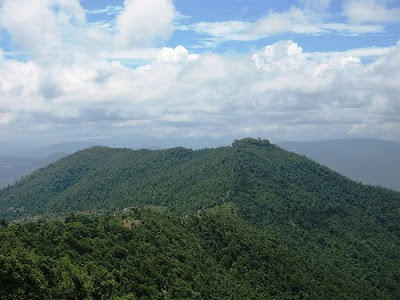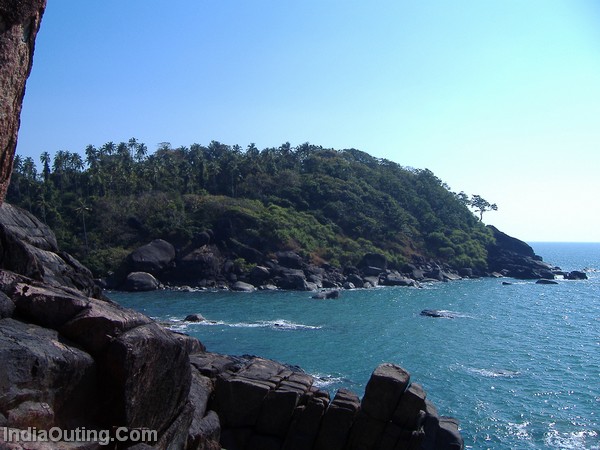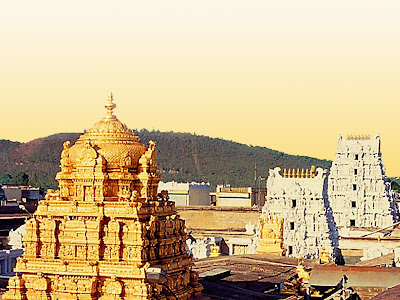Ajmer the land of composite culture was founded by Dushyant Chauhan in the 7th Century A.D. and till 1193 A.D., it remained to be a major center of the Chauhan power. Today, Ajmer is a popular pilgrimage center for the Hindus as well as Muslims.
The Dargah:
Situated at the foot of a barren hill, Sufi saint Khawaja Moinuddin Chisti's Dargah is India’s most important pilgrimage center for people from all faiths.

Shahjahan’s Mosque:
This is located in the corner of the inner court of the Dargah. It is a magnificent building designed in white marble with a long and narrow court having low arcade and delicate carvings with trellis-work.
The Museum:
Once the royal residence of Emperor Akbar, houses a rich repository of the Mughal and Rajput armour and exquisite sculptures.
Adhai-din-ka-jhonpra:
This is a remarkable structure, a great masterpiece of Indo-Islamic architecture located on the outskirts, of the city, just beyond the Dargah.
Pushkar Lake:
Pushkar lake is 11 km away from Ajmer. It is believed that, this lake was created by Brahma.
Pushkar Fair:
Millions of pilgrims gather at the lake during the annual cattle fair. Clothes, household items and leather goods all are available in the fair.
Man Mahal:
By the banks of the Pushkar Lake there is the former residence of Raja Man Singh of Amer, Man Mahal which is now converted to RTDC Sarover Tourist Bungalow.
Approachable by all means Ajmer is yet another place that showcases it's cultural heritage. India is a colourful and vibrant land which is a blend of various faiths, cultures, customs and languages that form a composite whole. Today in the 21st century India is carving a niche for itself.
The Dargah:
Situated at the foot of a barren hill, Sufi saint Khawaja Moinuddin Chisti's Dargah is India’s most important pilgrimage center for people from all faiths.
Shahjahan’s Mosque:
This is located in the corner of the inner court of the Dargah. It is a magnificent building designed in white marble with a long and narrow court having low arcade and delicate carvings with trellis-work.
The Museum:
Once the royal residence of Emperor Akbar, houses a rich repository of the Mughal and Rajput armour and exquisite sculptures.
Adhai-din-ka-jhonpra:
This is a remarkable structure, a great masterpiece of Indo-Islamic architecture located on the outskirts, of the city, just beyond the Dargah.
Pushkar Lake:
Pushkar lake is 11 km away from Ajmer. It is believed that, this lake was created by Brahma.
Pushkar Fair:
Millions of pilgrims gather at the lake during the annual cattle fair. Clothes, household items and leather goods all are available in the fair.
Man Mahal:
By the banks of the Pushkar Lake there is the former residence of Raja Man Singh of Amer, Man Mahal which is now converted to RTDC Sarover Tourist Bungalow.
Approachable by all means Ajmer is yet another place that showcases it's cultural heritage. India is a colourful and vibrant land which is a blend of various faiths, cultures, customs and languages that form a composite whole. Today in the 21st century India is carving a niche for itself.







